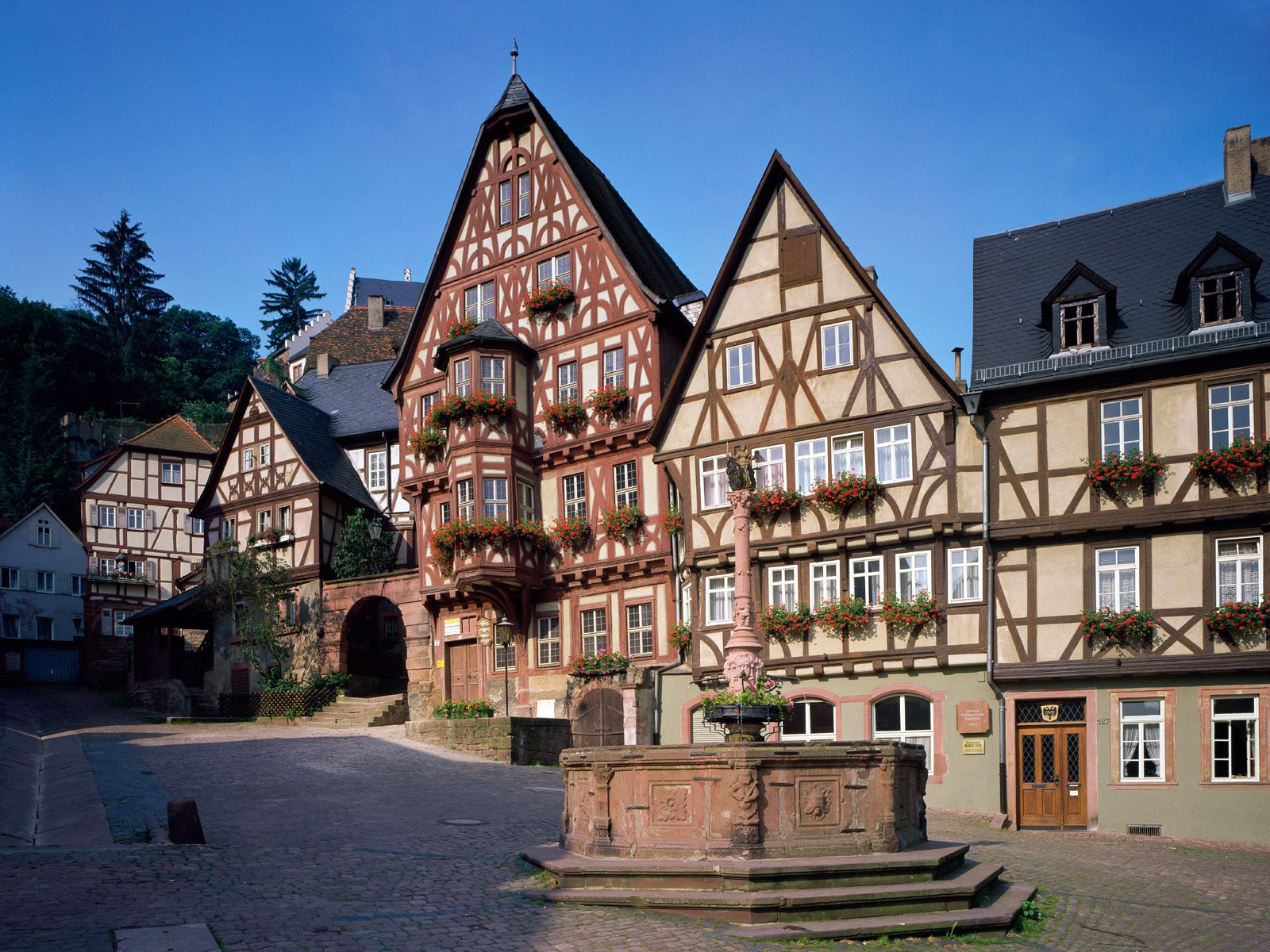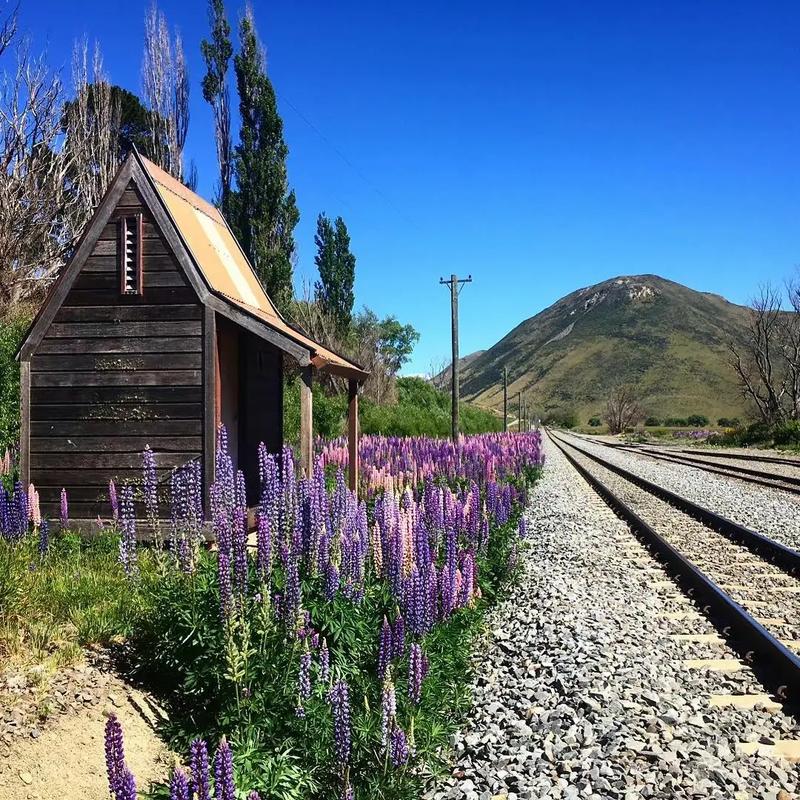Japan Travel
Kyoto’s Kiyomizu-dera: UNESCO World Heritage Attraction
Kyoto’s Kiyomizu-dera: A Timeless Embrace of Culture and Spirituality
Perched gracefully on the forested slopes of Otowa Mountain in eastern Kyoto, Kiyomizu-dera—the "Temple of Pure Water"—stands as one of Japan’s most iconic spiritual and cultural landmarks. Recognized as a UNESCO World Heritage Site since 1994 as part of the "Historic Monuments of Ancient Kyoto," this temple complex is far more than an architectural marvel; it is a living testament to Japan’s rich history, artistic tradition, and enduring spiritual ethos.
A Glimpse into History
Kiyomizu-dera’s origins trace back to the early Heian period, around 778 AD, when the temple was founded by the Buddhist monk Enchin. Legend has it that Enchin received a divine vision directing him to a pristine waterfall at the site, where he encountered the revered monk Gyōei. It was here that they enshrined a small statue of the eleven-faced, thousand-armed Kannon Bodhisattva, the goddess of mercy and compassion. The temple was formally established in 798 AD with support from the imperial court, particularly under the patronage of the influential general Sakanoue no Tamuramaro.
The temple’s name derives from the Otowa Waterfall that flows through the grounds, whose waters are believed to possess healing properties. Over the centuries, Kiyomizu-dera has been destroyed and rebuilt multiple times, most notably due to fires and earthquakes. The majority of the current structures date to the early 17th century, when the temple was reconstructed under the order of Tokugawa Iemitsu, the third shogun of the Tokugawa dynasty.
Architectural Brilliance
At the heart of Kiyomizu-dera is its magnificent Main Hall (Hondo), designated a National Treasure of Japan. The hall’s most striking feature is its vast wooden stage, constructed without the use of a single nail. Supported by 139 towering zelkova wood pillars, the stage juts out over the hillside, offering breathtaking panoramic views of Kyoto and the surrounding cherry and maple trees. This daring architectural feat is a masterpiece of Japanese traditional woodworking, reflecting the ingenuity and craftsmanship of the Edo period.
The stage itself has inspired the famous Japanese expression, "to jump off the stage at Kiyomizu," which equates to taking a bold, decisive leap into the unknown. In the past, it was believed that if one survived a jump from the stage (approximately 13 meters high), their wishes would be granted. Though the practice is now prohibited, the phrase endures as a metaphor for courage and faith.
Adjacent to the Main Hall stands the iconic three-story pagoda, one of the tallest in Japan. Its vibrant vermilion hue contrasts elegantly with the lush greenery of the mountain, creating a scene that has been captured in countless artworks and photographs. The pagoda serves not only as a spiritual symbol but also as a stunning example of East Asian Buddhist architecture.
Spiritual Significance and Rituals
Kiyomizu-dera belongs to the Kita-Hossō sect of Japanese Buddhism, which emphasizes teachings of compassion and enlightenment. The temple’s primary object of worship, the Kannon statue, is said to answer prayers and offer solace to those in suffering. While the original statue remains hidden from public view, visitors can feel its presence through the serene atmosphere of the inner sanctum.
One of the most beloved rituals at Kiyomizu-dera involves the Otowa Waterfall. Visitors line up to drink from one of three cascading streams, each believed to confer a different benefit: longevity, academic success, or romantic fulfillment. Using long-handled cups, participants catch the sacred water—a practice that symbolizes the temple’s enduring connection to nature and purity.
The temple also hosts several important annual events, such as the spring and autumn illumination festivals, when the grounds are lit up to showcase the beauty of the cherry blossoms or fall foliage. These events attract thousands of visitors, blending spiritual reverence with natural appreciation.
Integration with Nature and the Seasons
Kiyomizu-dera is deeply intertwined with the natural world. The temple’s design embraces the changing seasons, making it a year-round destination. In spring, the cherry blossoms envelop the area in a soft pink canopy, while autumn transforms the slopes into a fiery tapestry of red and gold maples. Even winter, with its dusting of snow, offers a tranquil and almost mystical ambiance.
The surrounding forest, part of the temple’s sacred geography, reinforces the Shinto-Buddhist syncretism prevalent in Japan. Visitors often encounter smaller shrines and stone monuments dedicated to local deities (kami), illustrating the harmonious coexistence of different belief systems.

UNESCO Recognition and Cultural Impact
Kiyomizu-dera was inscribed as a UNESCO World Heritage Site along with 16 other locations in Kyoto, recognized for their profound influence on Japanese culture, religion, and art over more than a millennium. The temple exemplifies the historical and aesthetic values that define ancient Kyoto, once the imperial capital of Japan.
As a UNESCO site, Kiyomizu-dera is protected not only for its physical structures but also for the intangible cultural heritage it sustains—from traditional ceremonies to craftsmanship techniques in conservation. The temple also plays a vital role in promoting cultural exchange and understanding, drawing millions of international visitors each year.
A Personal Pilgrimage
Visiting Kiyomizu-dera is more than a tourist activity; it is a pilgrimage. The approach to the temple is via the charming streets of the Higashiyama district, lined with traditional shops selling local crafts, sweets, and pottery. As visitors ascend the stone steps and pass through the Niōmon Gate, guarded by fierce Deva kings, they enter a realm where time seems to slow down.
The sound of chanting monks, the scent of incense, and the sight of prayers offered at altars create an atmosphere of deep reverence. Many come to pray for health, happiness, or love, while others seek a moment of contemplation amid the beauty of the natural and built environment.
Conclusion
Kiyomizu-dera is a symbol of resilience, beauty, and faith. It has witnessed over twelve centuries of Japanese history—from the rise of the imperial court to the modernization of the nation—yet it remains a steadfast beacon of cultural and spiritual identity. As a UNESCO World Heritage Site, it continues to inspire awe and reverence, inviting all who visit to experience a piece of Japan’s soul. Whether bathed in the light of the setting sun or shrouded in morning mist, Kiyomizu-dera stands as a timeless embrace of humanity’s search for meaning and connection.
相关文章
- Yamagata’s Zao Onsen: Snow Monster Hot Spring Attraction
- Japan’s Maid Cafés: Akihabara Subculture Attractions
- Okayama’s Okayama Korakuen: Historic Garden Attraction
- Japan’s Horse Racing Tracks: Equestrian Sports Attractions
- Tokyo’s Odaiba Gundam: Anime Icon Attraction
- Japan’s Doll Festivals: Hinamatsuri Attractions
- Kagoshima’s Ibusuki Onsen: Sand Bath Hot Spring Attraction
- Japan’s Table Tennis Clubs: Recreational Attractions
- Kyoto’s Nishiki Market: 400-Year-Old Food Attraction
- Japan’s Camellia Festivals: Winter Flower Attractions
发表评论
评论列表
- 这篇文章还没有收到评论,赶紧来抢沙发吧~


